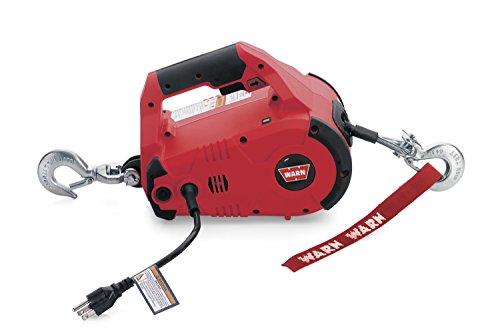CapnDenny1
Well-known member
My wife and I went for a short ride on the '82 1100 Interstate this afternoon. Before I went I checked the air in the tires. My front was at 10 psi and the rear was at 25 psi. I went ahead and put the recomended 30 psi in the front and the 40 psi in the rear. It was a lot easier to push around the garage after that! I didn't check to shock air. I figured it would be a stiffer ride than last time with the higher pressures in the tires.
Anyway on our ride it seemed like we were bottoming out on the hard bumps. Not just on the big ones, and sometimes it would make loud noise and I could feel it through the frame of the bike. I think it was bottoming out. When I got back I check the air in the rear shocks and it was about 35 psi. I filled it to 50 last fall, but hadn't checked it since. Would only having 35 psi in the rear shocks be low enough to cause it to bottom out on a moderate bump at speed?
Is it possible that my rear swingarm bushing is bad, or something else? Wouldn't that make noise on the little bumps too though, not just the big ones? I guess I can just put the 55 psi in there and see if that fixes it?
Thanks,
Dennis
Anyway on our ride it seemed like we were bottoming out on the hard bumps. Not just on the big ones, and sometimes it would make loud noise and I could feel it through the frame of the bike. I think it was bottoming out. When I got back I check the air in the rear shocks and it was about 35 psi. I filled it to 50 last fall, but hadn't checked it since. Would only having 35 psi in the rear shocks be low enough to cause it to bottom out on a moderate bump at speed?
Is it possible that my rear swingarm bushing is bad, or something else? Wouldn't that make noise on the little bumps too though, not just the big ones? I guess I can just put the 55 psi in there and see if that fixes it?
Thanks,
Dennis




















































 click for link
click for link

